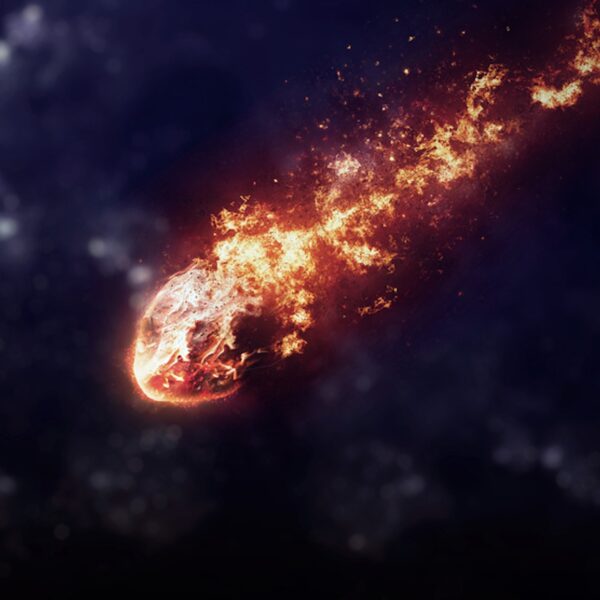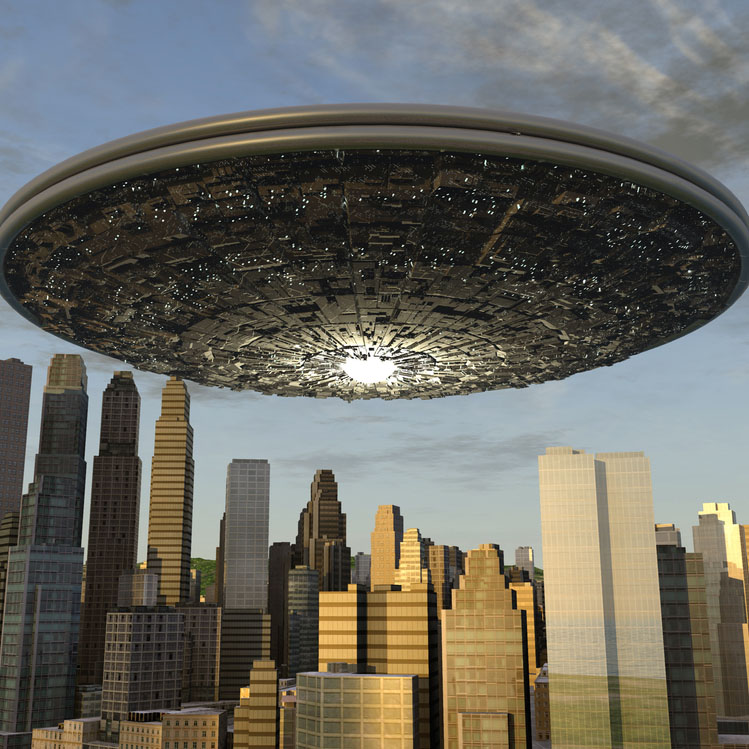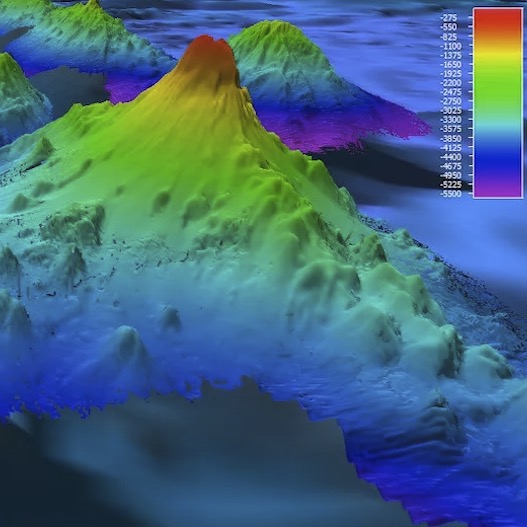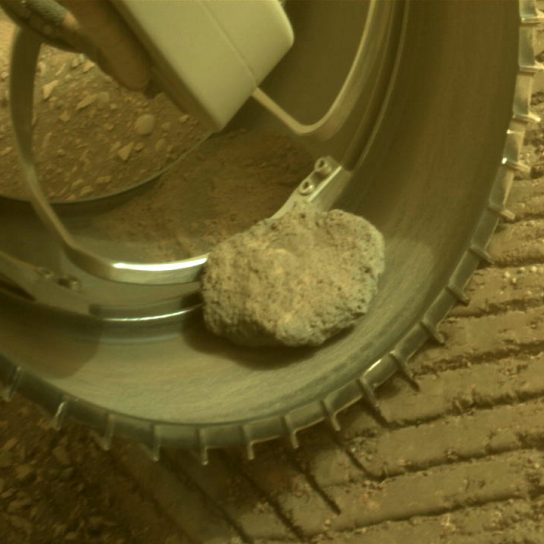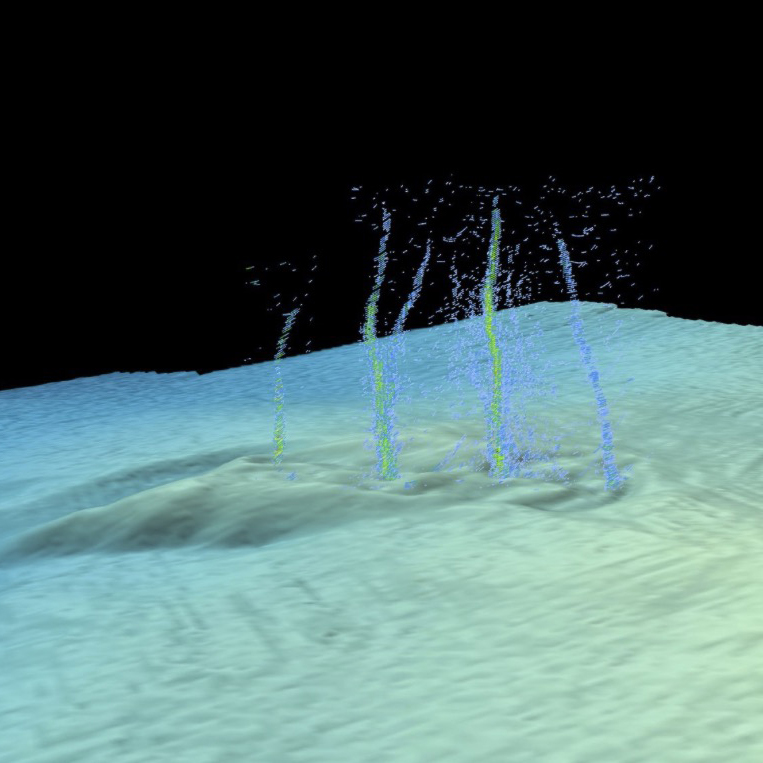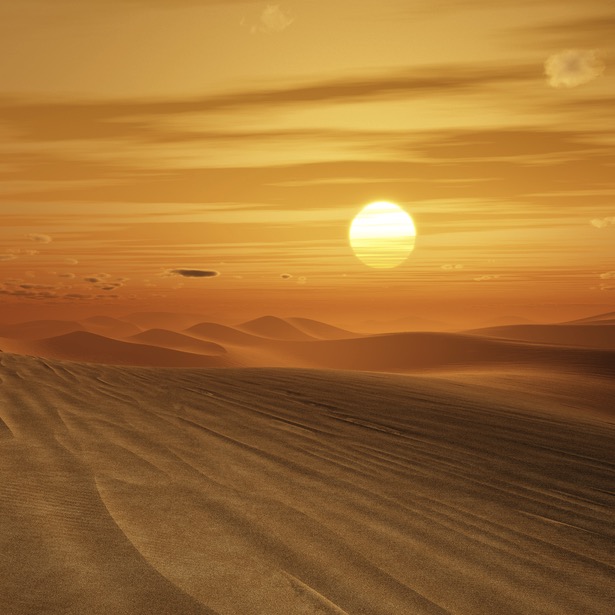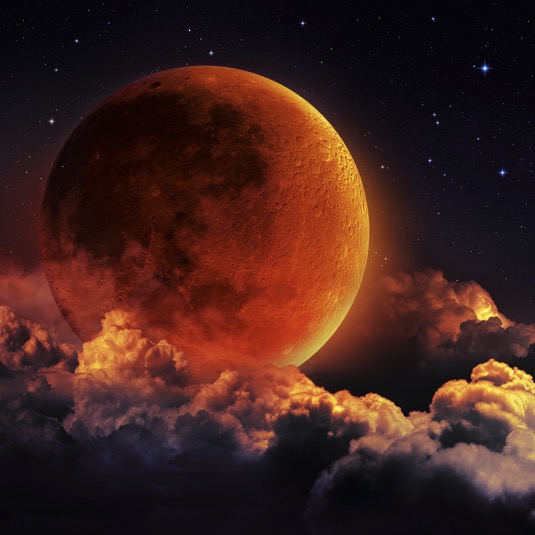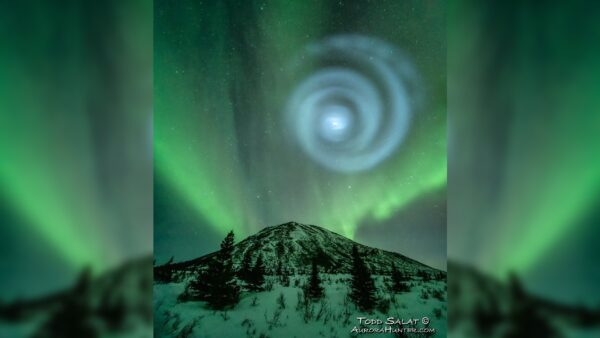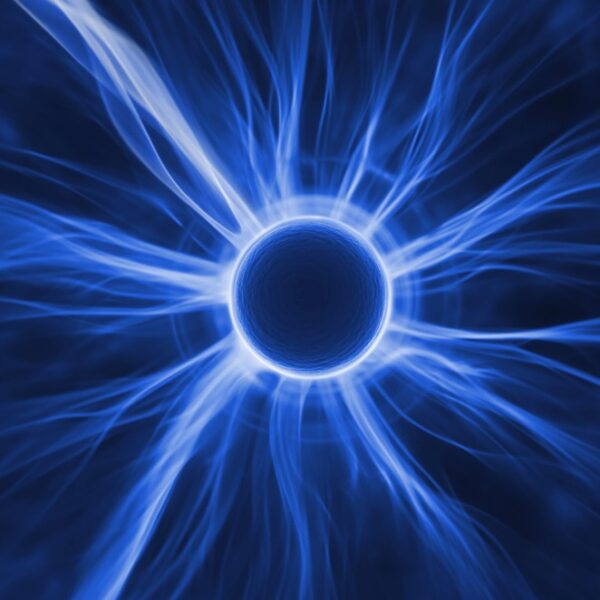Writer Fuel: Earth Unlikely to Be Hit By Planet Killer Asteroid in Next 1,000 Years
Rest easy: Earth probably won’t be creamed by a killer asteroid in the next 1,000 years. New research accepted for publication in The Astronomical Journal and available on the preprint server arXiv.org finds that none of the kilometer-wide (0.6 mile) asteroids that travel near Earth are likely to hit the planet in the next millennium. … Read more

